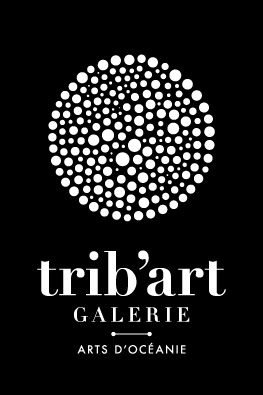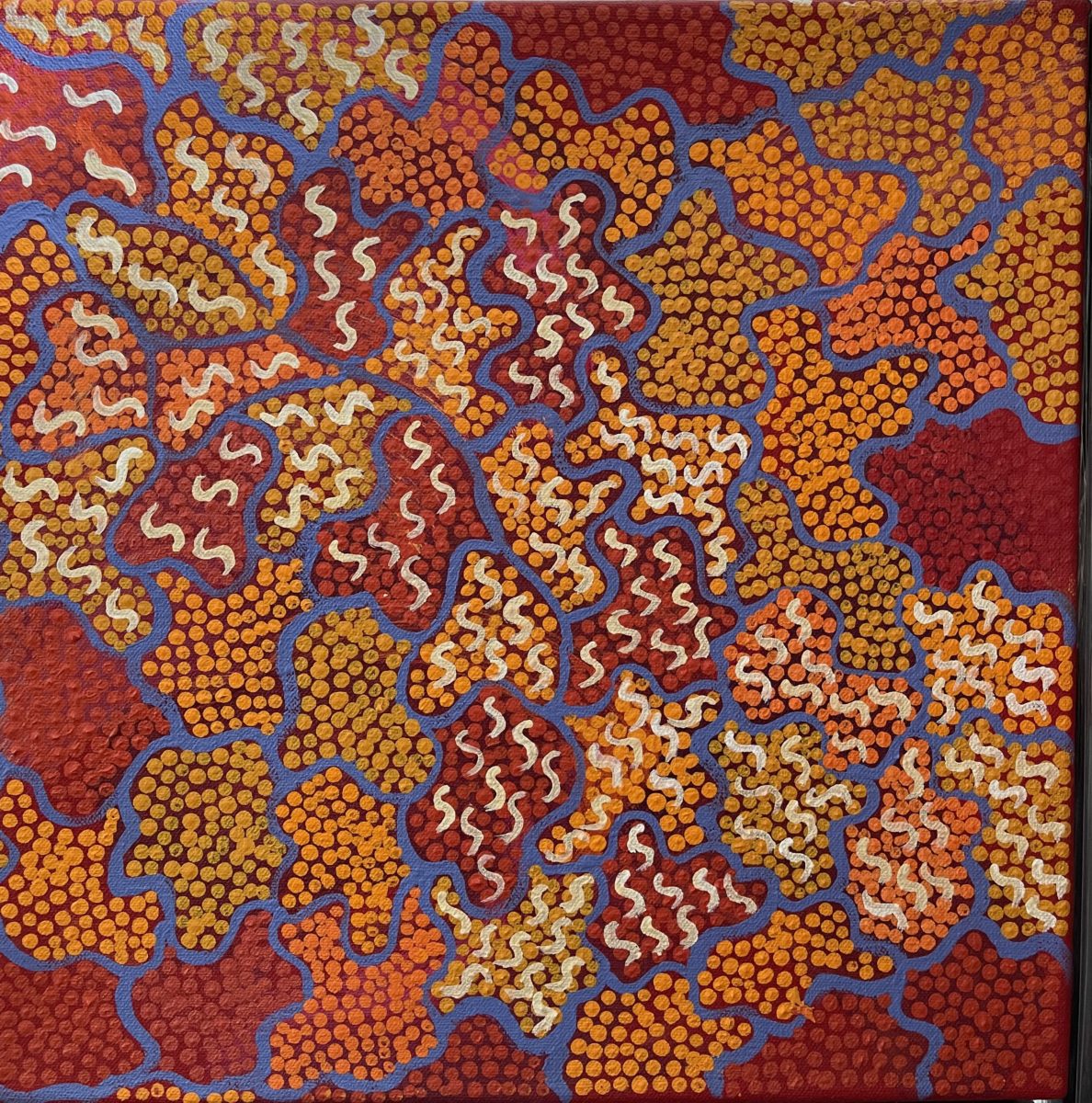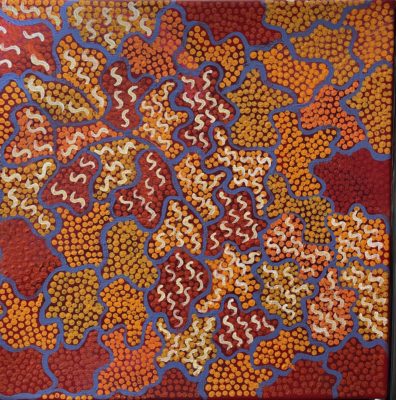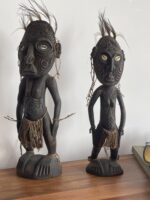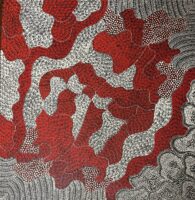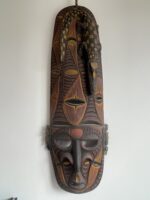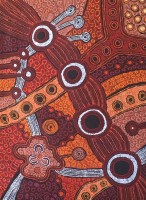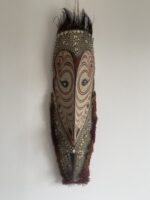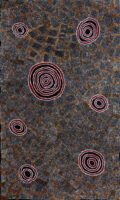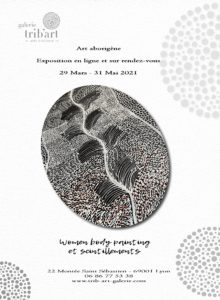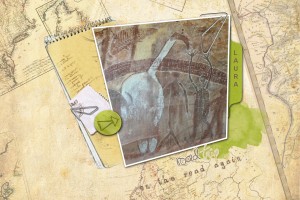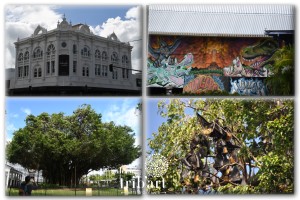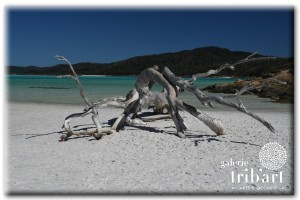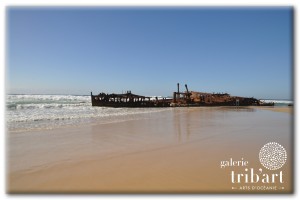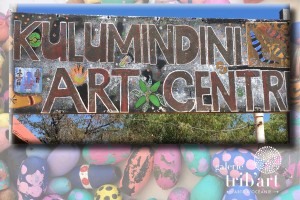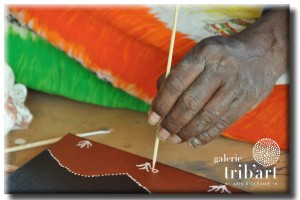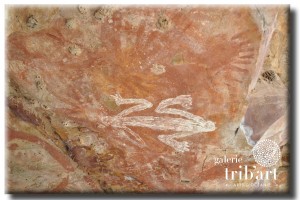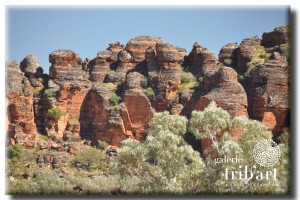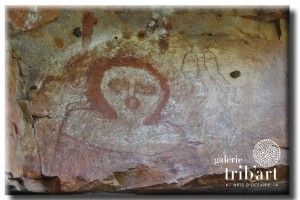Acrylique sur toile
30 x 30 cm
2015
Prix :
Vendu
Ngarlkirdi Jukurrpa
Ngarlkirdi Jukurrpa. Cette peinture décrit les femmes Napaljarri et Nungarrayi, (souvent montré en forme de « U ») Ces femmes collectent les « Ngarlkirauxdi » (larves witchetty) dans une zone connue à Kunajarrayi (Mont Nicker) à 200 Km au sud-ouest de Yuendumu.
« Witchetty » – les vers blancs, se dégustent cuits ou crus et sont comestibles dans toutes les phases de leur cycle de vie.
La conception de cette peinture symbolise aussi les caractéristiques importantes des cérémonies d’initiation pour jeunes hommes Japaljarri/Jungarrayi.
La région recèle de nombreuses grottes (« pirnki ») avec vue sur un site cérémoniel important associé à la Ngarlkirdi/Jukurrpa. Cette histoire appartient aux groupes de femmes Nungarrayi Jungarrayi et Napaljarri/Japaljarri.
Dans les peintures Warlpiri, l’inconographie traditionnelle est utilisée pour représenter le Jukurrpa, sites particuliers et autres éléments. Les formes circulaires sont souvent utilisées pour décrire les sites importants de cérémonie et les longues lignes droites représentent « Witi » poteaux cérémoniels, qui jouent aussi un rôle très important lors des cérémonies d’initiation.
Art australien – Peinture aborigène
Ngarlkirdi Jukurrpa. This painting depicts Napaljarri and Nungarrayi women (often shown as « U » shaped figures) collecting « Ngarlkirdi » (witchetty grubs) in a area known as Kunajarrayi (Mount Nicker) 200 Km to the south-west of Yuendumu. Witchetty grubs can be eaten cooked or raw and are edible in all phases of their life cycle. The design of this painting also symbolises important features of initiation ceremonies for young Japaljarri an Jungarrayi men. The area contains many caves (« pirnki ») overlooking an important ceremonial site associated with the Ngarlkirdi/Jukurrpa. This story belongs to the Nungarrayi Jngarrayi and Napaljarri/Japaljarri subsections. In Warlpiri paintings, traditional inconography is used to represent the Jukurrpa, particular sites and other elements. Circular shapes are often used to depict the important sites for the ceremony and the long straight lines represent « Witi » ceremonial poles, which play an important role during the initiation ceremonies.
